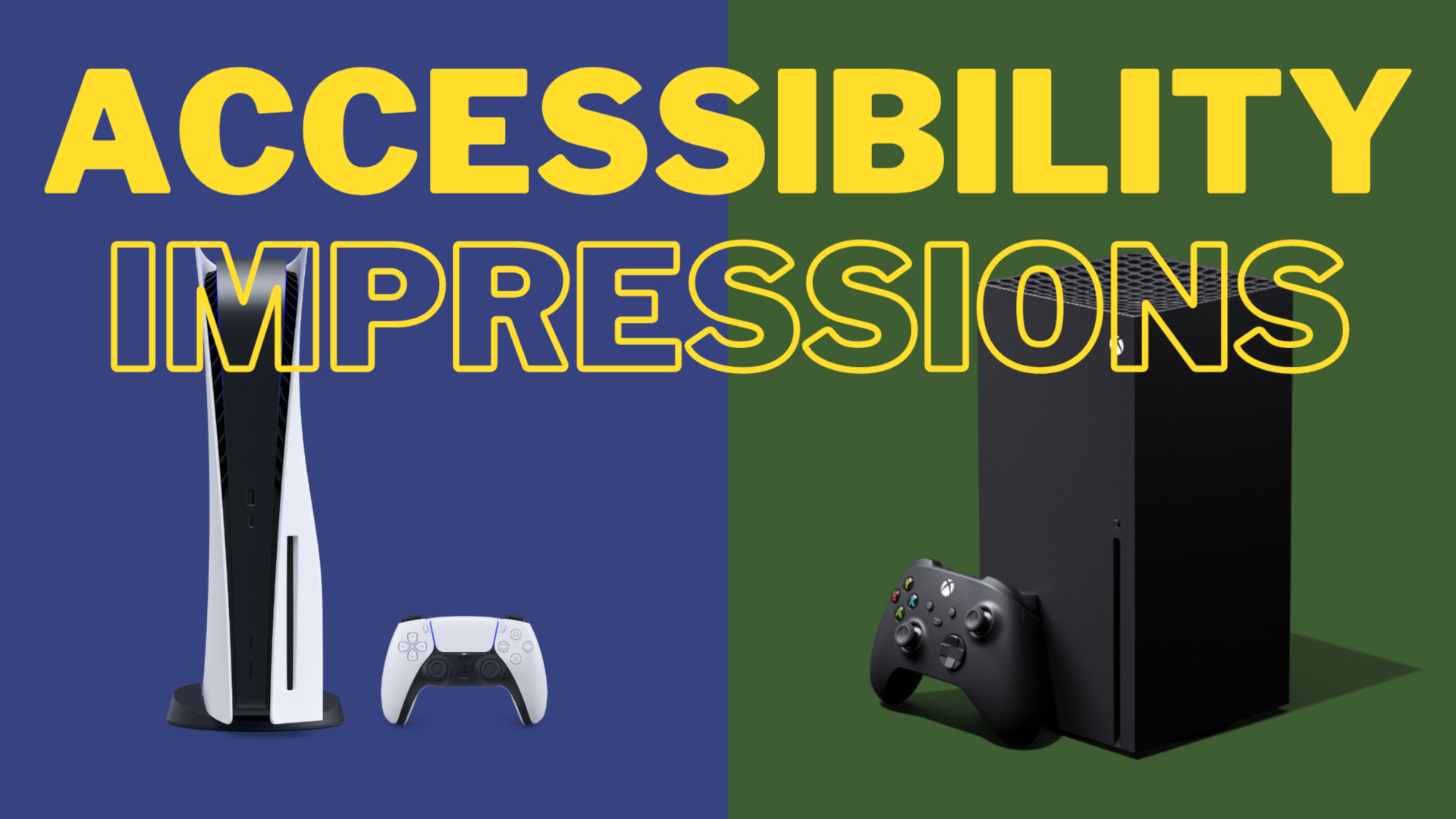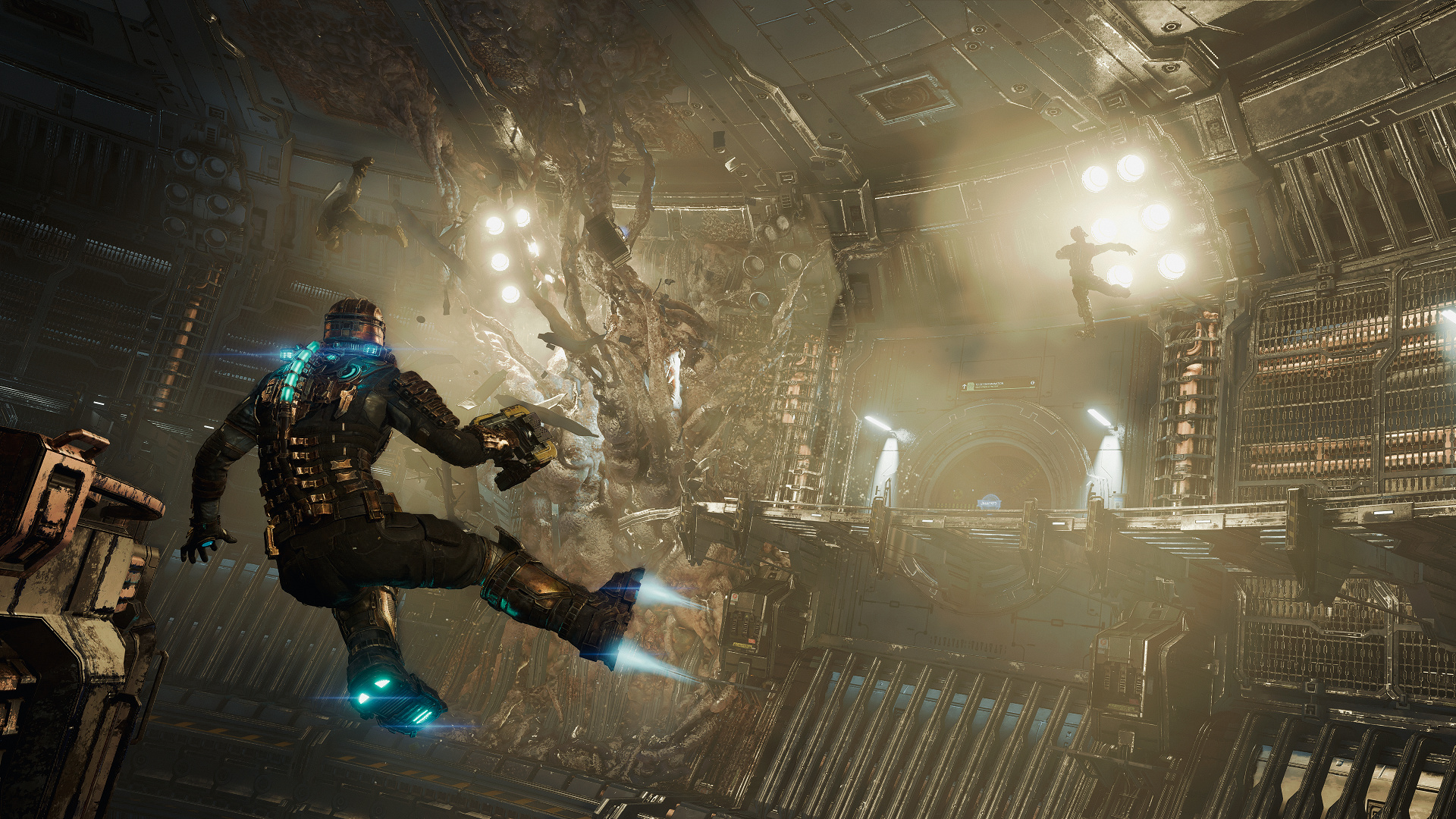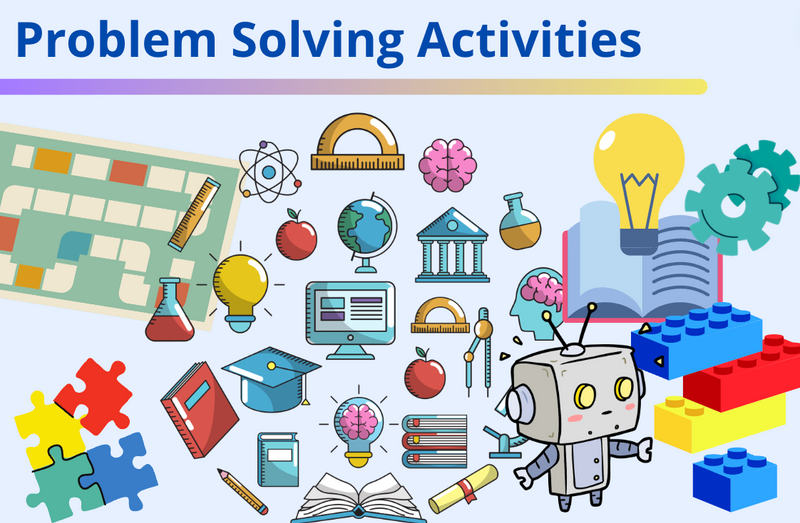It’s console season! But like many gamers are wondering, what should we buy?
This review will walk readers through my decision-making, purchasing, and setup process. Please note that this review will primarily focus on the perspective of disabled gamers. For me, I ended up purchasing both consoles. But that might not be the right choice for everyone. In terms of accessibility and inclusion, I hope that this review will help readers in deciding which, if any, is the best console for them.

Why I am buying a console in the first place
We live in a century where gamers need at least two consoles to access all the games currently on the market. For me, I’ve always stuck with my Nintendo console and PC, with the occasional Playstation or Xbox. My brother and I shared a Sega Genesis growing up (well, more like my parents bought it for him and didn’t realize girls might like games too). We eventually upgraded to the Nintendo 64 and from there, my family bought a console here and there, depending on the year, generation, and our childhood preferences.
Like many kids, we had an Xbox 360 specifically for Halo. My brother, who got very into console gaming, eventually purchased himself a PS3 with money from his summer job. I played some games on it, such as Metal Gear Solid and Uncharted, but otherwise my brother was fully converted to the Playstation fandom. At this point, I shifted into PC gaming with the occasional Xbox 360 game or later, a rare PS4 exclusive purchase.
And the main reason I stepped away from consoles is due to inaccessibility.


Console gaming was just never very accessible to me, especially as my disabilities are progressive in nature. I found that most console games made me dizzy or bring pain, and in some cases, I could not access anything at all because I’m deaf. It was very frustrating for me growing up and at a certain point, I naturally strayed away from the Playstation and Xbox franchises.
However, in the past few years, accessibility has taken off in the console game industry and is rapidly becoming a staple for studios, developers, and publishers to consider. Suddenly, accessibility was a thing the parent companies researched and publishers marketed. Roles are popping up left and right for accessibility leads and project managers. Disability is finally being seen in the industry. And after so many years of avoiding consoles, I can finally say that I feel confident that console gaming is for me.


So, how do I go about picking the right console? Which one is better for disabled gamers?
That’s a very tough question and ultimately, it is up to the individual and their needs. But, I’m happy to share my insight and hope that it’ll help you as you decide what is best for you.
Deciding which consoles to get ( if any )
For the Xbox, a fun fact is that I actually skipped a whole Xbox generation because of affordability and accessibility. I have a number of limitations that affect my gaming, and found that the most important ones were not addressed during the release of the previous generation. At the time, the $499 price tag felt like a risk.
However, I’ve been paying attention to Microsoft’s efforts these past few years and as a disabled customer and accessibility specialist, I am impressed by what I see.


First, Microsoft has been placing resources into creating accessible hardware for disabled gamers. For example, we have the XAC, which connects to external switches, buttons, mounts, and joysticks to help make gaming more accessible. Additionally, Microsoft runs an Inclusive Tech Lab, which actively seeks solutions to empower everyone, including those with disabilities.
Another cool thing is that for the newest generation, players can actually use two controllers at once, which opens up a ton of options for folks with disabilities. The software itself also shows support for narrator, controller, magnifier, game transcription, closed captioning, audio, and high contrast features. This is built straight into the console and linked to players’ Microsoft accounts.
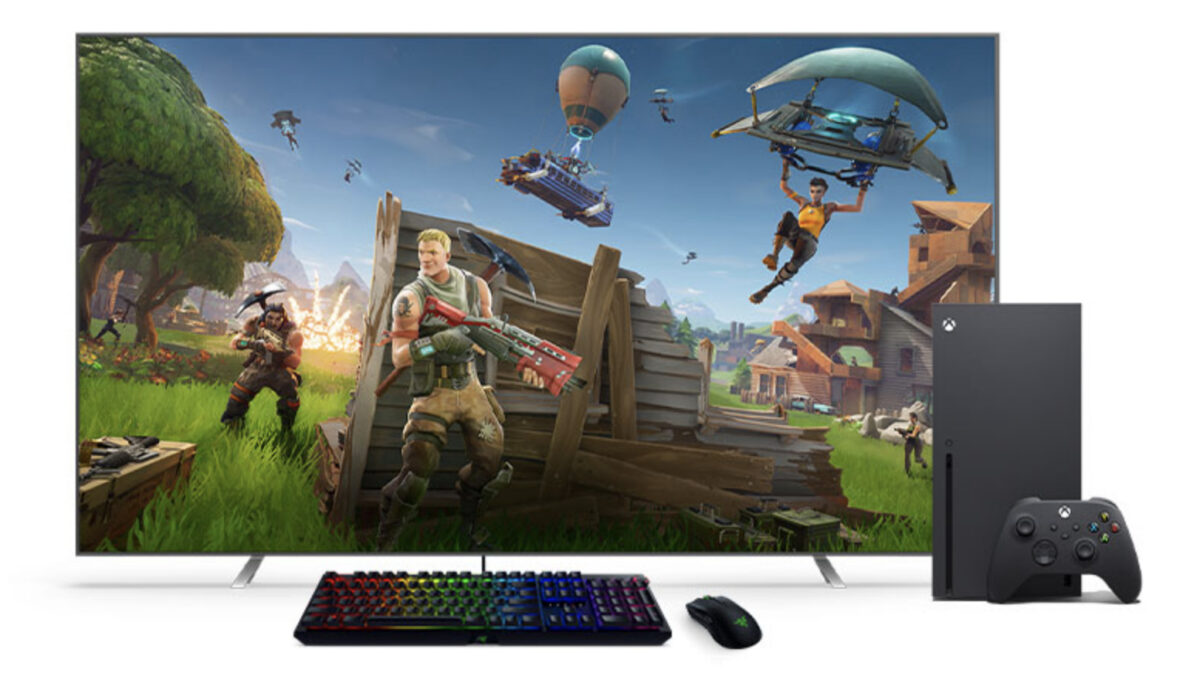

For affordability purposes, I decided to go with the Xbox Series S for Microsoft’s newest generation. It’s considered the “low-end” version, but for my own purposes, it perfectly meets what I am looking for. Recently, I’ve been using the Xbox Game Pass for PC and have been getting my money’s worth. However, I wanted to also be able to veg out on my couch and play some games there as well, and the Series S is the perfect console just for that.
So in terms of accessibility and affordability, after years of sticking to my PC for Microsoft games, I am ready to make the big jump to the console.
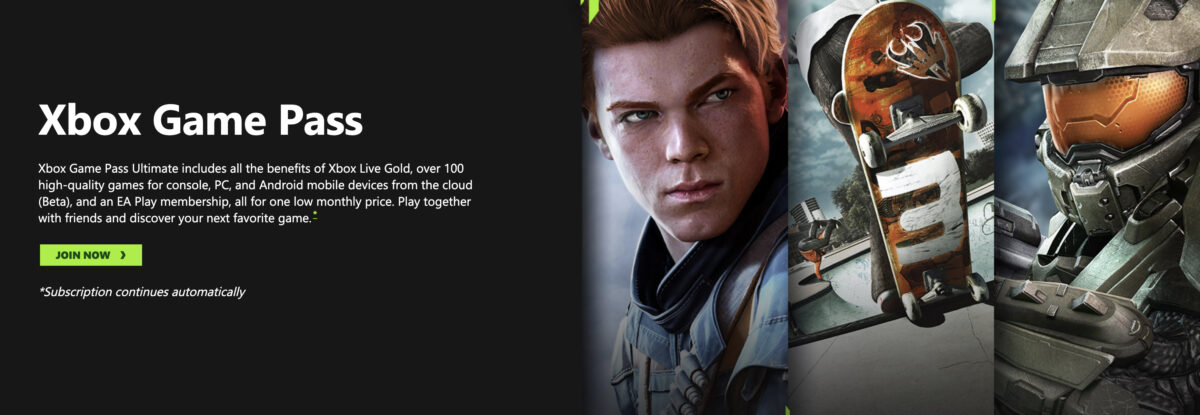

Meanwhile, for the Playstation 5, two factors played a huge role in my decision.
First, Sony has been making a ton of investments in recent years to ensure that their console and exclusives are accessible. Just look at how impressive the accessibility is for Marvel’s Spider-Man: Miles Morales. Not to mention, The Last of Us Part II’s accessibility, which to many players, has set expectations high in the game industry and for all other proceeding games.
Plus, by itself, Playstation 5 has an impressive list of accessibility features, ranging from the display and screenreader all the way to closed captions and chat transcription. Not to mention, we have the ability to fine-tune the haptic feedback for the controller.


I will die on my hill that controller vibration is not an optimal strategy for deaf accessibility. It’s just not. This is something that a lot of hearing people may think, most likely from the stereotypes that deaf people develop a supernatural ability to touch. That would be cool, and though we might be more attuned to other senses, we aren’t gods. Plus, many deaf people have other disabilities, so assuming all deaf individuals benefit from vibrations creates a large and extremely dangerous divide. There are other, more optimal ways to achieve deaf accessibility.
However, controller vibration is most certainly a plus for deaf gamers, and the PS5’s haptics is by far the most impressive on the market right now. After watching the trailers and learning from other people’s feedback, I am most definitely interested in giving them a try. Who knows, maybe Sony might change my mind!
The second factor that influenced my purchasing decision, and probably most common for other gamers, is the list of Playstation 5 exclusives. We have Marvel’s Spider-Man: Miles Morales, Demon’s Souls, God of War: Ragnarok, Horizon Forbidden West, and so many more. Honestly, it’s hard to compete.


For me, I do not have a strong preference between the PS5 console and PS5 digital edition. If I get the disc version, I can immediately sell my PS4 Pro and I do not have to purchase any digital copies of my PS4 backlog (which has admittedly grown over the years). If I get the digital version, I don’t have to deal with discs anymore, but I’ll have to repurchase whatever physical copies I own right now.
From an accessibility perspective, disc copies of games are beneficial because gamers with disabilities can return games that were seemingly accessible, but ended up not meeting their needs. It’s a frustrating, but true reality. On the flip side, the digital edition means that gamers with disabilities can easily transition from one game to another without physically swapping discs.


For my needs, I decided to aim for the digital edition, but I am perfectly fine with the standard edition, too.
Actually trying to buy the consoles
There is one universal truth when it comes for new console generations: disabled people are always placed at a disadvantage when trying to get one. Whether it is standing in long lines for hours past midnight or refreshing carts over and over again, the process is tiresome and debilitating.
The thing is, most people don’t like the process. I guess some people might find it exhilarating, like beating a final boss or unlocking some sort of achievement. But for the most part, I don’t think anyone genuinely enjoys the console foraging battlegrounds. It’s exhausting, frustrating, and needless.
But then there’s the added twist of inaccessibility. Not every website is user friendly for people with disabilities. Managing several tabs is physically and mentally fatiguing. For me, it’s the matter of making sure I do not trigger a migraine or become cognitively overloaded by the sheer amounts of pages and menus I have to go through. It’s already a lot, and inaccessibility doesn’t make it any easier.
That being said, I knew I had to be prepared.


I already knew that I wouldn’t be able to go to a store to get the console, given the whole pandemic and immunocompromised thing. Plus, I do not fend well in long lines between genuine bathroom needs and chronic fatigue syndrome. Therefore, I read guides, followed twitter accounts, created customer profiles, and signed up for alerts just to optimize my online shopping strategies. It was a major hassle, but after already missing the first rounds of pre-orders (just can’t click fast enough…), I wanted to be well-researched and ready for action. I was all set to purchase my consoles.
To get my Xbox, I set my own alarm for the 9:00pm PST, knowing that it would be midnight on the east coast. Worst case, I would be early. Best case, I don’t miss my window. I originally tried to buy my Xbox Series S from the Microsoft store, but it immediately sold out the second it opened. I was bummed out, but continued refreshing pages, checking my feeds, and setting alerts. After an hour or so, I became pretty fatigued and was ready to quit.
As luck would have it, I eventually secured my Xbox Series S from Gamestop’s online store. It was all thanks to following Wario64 on Twitter who, as a disabled gamer that clearly sucks at purchasing things, is my literal hero. Turns out, a lot of gamers felt that it was easier to get an Xbox Series S compared to the “high-end” Series X version. So yay for me being cheap!


Two days later, it was time to get my PS5. Similarly, I set an alert for 9:00 pm and followed all relevant accounts. However, Sony had a virtual queue that I entered and was able to get a console from there. It was a bit confusing, as my queue time would drop to 11 minutes and then go up again to “more than an hour.” In total, it took me about 3 hours to get my Playstation 5 through the queue. Out of sheer nervousness, I attempted to purchase it on other websites, but each site sold out before I could even get to my shopping cart. I aimed to get a digital version, but ended up with the standard version, since the digital edition was sold out. But as previously mentioned, I do not feel a strong desire for one over the other. Luckily, Sony’s queue system made it so I was guaranteed a standard edition of the console. At least, that is what it felt like for me.


Overall, I would say that it was slightly harder for me to get an Xbox Series S compared to the PS5. Though it took more time in total to get my PS5, the Xbox Series S was more difficult because I had to manage several links and monitor many twitter accounts and alert systems. I ended up triggering an aura migraine and almost had to quit. I clutched out in the end, but I was physically sick after the whole process. Ironically, the day my Xbox Series S arrived, I couldn’t even play it because I was still sick from trying to even order it.
The PS5 was only easier for me because of Sony’s queue system. Microsoft had a similar one, but for me, it was unsuccessful. For Sony’s, the overall purchasing was less about managing links and alerts, and more about actually waiting. The waiting itself was stressful, because I wasn’t sure if I was doing the right things, but in the end, it worked out for me.


But will I ever try to pre-order stuff again? Knowing how successful Sony’s queue system is, maybe. If it wasn’t for that system, I would probably never do this again, as I would rather not be sick and just wait a few months. However, I would still consider it.
Xbox Series X/S Impressions
When my Xbox Series S arrived, which FedEx politely threw at my front door, I was very excited to open it up to see what’s inside.
And my very first thought was: IT’S SO TINY.


The unboxing was quick and painless for me. Everything was right in front of me and I did not find any barriers. The boxing itself was clear and universally sound, and I was able to remove and set up the Xbox Series S within a matter of minutes.
My second thought was: OOH! I like this controller!!
The controller is perfectly sized and shaped for my tiny, hypermobile hands. My fingers can easily reach the triggers and press them down without any finger slips. The controller itself does not require any intensive gripping from my end. The shell of the controller does not dig into my palms, and the angle of the controller is just right for minimizing any potential wrist pains. The big, colorful AB/XY buttons are perfect for me, as I will occasionally need to look down at my hands to confirm inputs. Plus, the controller is ridiculously light. I was actually baffled by how light it is, considering how dense and sturdy the controller looks. To be honest? It might be my favorite controller to this date. Now, if it came in pastel pink…


When turning the console on, we are prompted to do some standard setup (i.e. select your location, pick a wifi, download some patches, etc.). One thing I struggled with was using the keyboard to input credentials. Though there is a way to set up through your phone, the option was removed from me—since my download was complete—and the console instead asked me to just log into my Microsoft account. Not my fault the console downloads so quickly!
Well sure, no problem. Except I could barely type on the itty bitty keyboard. Swiping from left to right and moving my eyes so rapidly made me nauseous. My only other recent experience with a console keyboard is the PS4, which allows you to use the touch pad on the controller, which for me, is a much better option. I understand that this is something that is hard to work around, but it’s kinda a bummer to get a new console, only to get mildly motion sick while setting up your account.
Once everything was all set, I was immediately dropped into the main menu. Rather than exploring the accessibility, I was so excited by the Xbox Game Pass that I immediately opened it and downloaded 3 or 4 games. I started playing my favorite platformer, Celeste, in a matter of seconds. Again, wow that download time.


Afterwards, I figured it’s probably a good idea to check out the accessibility.
But wait, how do I leave the game? Okay, this is an absolutely true thing that happened to me. I couldn’t figure out for the life of me how to quickly pause/exit the game. I accidentally took a couple photos and posted on my Xbox Live (I’m sure my friends were quite confused). Eventually, I realized that I needed to hold down the giant Xbox logo. *facepalm*
Look, I realize that this might be obvious for Xbox veterans and other console gamers alike, but as someone who is entering the Xbox world again and has disabilities, I was genuinely and, to me, hilariously struggling. But hey, I did figure it out!
Moving on, we enter the Ease of Access options. This is something that is linked to your Microsoft account. For example, players can turn on “narrator”, which is a screen reader that lets you hear audio descriptions for elements on the screen, such as text and buttons. Other options include the controller, magnifier, game transcription, closed captioning, audio, and high contrast.


For me, I already have closed captions and game transcriptions turned on from my time with the Xbox Game Pass for PC, and it was nice to see that this information was imported into my new console. No more hassle of setting up my accessibility for every single time.
Oh, and you can customize the closed captions to actually be legible from the couch. So that’s a big win!


The customize button mapping is great, as players can configure the button layout for their specific wireless controller.
One cool thing is that you can link two controllers to have full control. Though this was probably created for other reasons, such as a parent playing with their kids, but it can work as a co-pilot mode with great uses for accessibility here. Also this console has full mouse and keyboard support, creating more opportunities for people with disabilities.


So overall, I am pretty impressed with the Xbox Series S. It seems to me that Microsoft brought over the best of its accessibility to their newest generation, and I’m sure they will continue to add support as games and updates roll out.
Xbox Series X/S Accessories
Note: I have purchased some accessories, but they have not arrived yet. I’ll add to my review as products roll in. Also, I’m hoping to one day get my hands on a XAC, so stay tuned for that!
Playstation 5 Impressions
When my Playstation 5 arrived, which FedEx placed much more gently at my front door, I was eager to open my box and get started.
And my very first thought was: IT’S A LITERAL GIANT!


The PS5 is massive compared to the Xbox Series S. I struggled immensely during my unboxing. I couldn’t get the console out of the sleeve without some hardcore shimmy, and even then, it was a critical failure. In defeat, I summoned my partner, who was more than happy to help me out. He did much better than me, but I definitely saw a very light perspiration on his brow… So disabled gamers beware! Because this packaging is not very friendly.
Next, I went to put the PS5 in my TV stand. The thing is so big, it made my PS4 Pro look like an itty bitty baby. I had to lay the PS5 on its side to fit, but noticed it was wobbly. I live in Los Angeles, so no way this thing was lasting through an earthquake. Turns out, there is a stand hiding in one of the package’s compartments that can be used to steady the PS5 on its side.


Admittedly, both me and my partner had to Google how to set up the stand (spoiler, it rotates!). It kept falling on us and would not, for the life of it, grip the PS5. It was a pretty funny experience, to say the least, and a little frustrating too. Like how many gamers does it take to set up a console? Well apparently for us, the answer is greater than one. But hey, it works!
The controller itself is fairly reminiscent of its predecessor. It has the same layout and still uses my beloved touch pad. The big seller point is the immersive haptic feedback, which is supposed to “heighten your senses.” I can’t wait to see it in action, and will let readers know my long term impression once I give it a good try. Note that haptic feedback can be adjusted and completely turned off.
The controller also has adaptive triggers, which I personally do not care for at all. If adaptive triggers are disabled, the triggers are quite easy to press down for me. In fact, I find it easier for me to use R2/L2, since on the previous controller, my hypermobile fingers would slip out of place anytime I tried to use it.
The only downside of this device is that, similar to the console itself, the controller is way too big for my tiny, hypermobile hands. There isn’t really any grip to it and as a result, my hands are left in pain as I feel like I have to death grip the thing. Plus, it is missing the bright, identifiable colors that made the controller cognitively accessible.
And most importantly, where’s the pink?


Once the console was all set up, it was time to boot it up. The console actually begins with menu narration and prompts all users to manually turn it off. To me, this is extremely promising, as people who are low vision, blind, and sightless can setup the console without sighted assistance. In fact, SightlessKombat does a great deep-dive into his experience setting up the console as a gamer without sight, so if there is any interest, go check it out.
From here, the setup was pretty easy for me. I was able to login very quickly (thank you, touch pad) and transfer my PS4 Pro data to my new Playstation 5 within 5 minutes. There are some standard downloads, such as updating the controller and console. After that, we’re off to the races!


The Accessibility menu is broken into five sections: display, screen reader, controllers, closed captions, and chat transcription. My immediate instinct was to enlarge the text size for the PS5, which applies to all PS5 navigation and menus. From here, I also toggled the reduce motion option, as to prevent any potential motion sickness and migraines.
In the controller section, we can not only customize button assignments, but also adjust the vibration intensity, and trigger effect intensity, as well as the press and hold delay. For me, I decreased the trigger effect intensity for preventative measures.


The last two sections, I made sure to turn on closed captions, as well as made sure they were a nice font and size for me. Sony offers such an extensive menu to fine-tune closed captions, and they easily exceeded my expectations in this regard. Lastly, I enabled chat transcription for when I do some online gaming.
Overall, my initial impressions tell me that the Playstation 5 is quite promising for accessibility. Especially given that Sony has been investing a lot of time and money into improving the experiences for gamers with disabilities. It’ll only get better from here.
The Playstation 5 Accessories
The charging station is a nice way to quickly plug-in your controllers and keep your gaming space organized. Players only need to very lightly press the controller down to connect it to the station, which is a huge improvement from previous official charging stations.


However, in terms of accuracy, there is an extremely low tolerance for error. It’s very easy to over/undershoot. It took me a few tries to connect it and initially, I thought it was an issue of not pressing down. Keep in mind, I’m deaf, so I don’t hear that “click” response to confirm connection. Luckily, the controller gives a very very subtle glow to show when it is fully connected.
For undocking, it does not stick at all and players can very easily remove the controller without exertion. For me, I kept accidentally knocking the controller off of the charging station, which would make it stop charging. This is largely due to my balance and coordination issues, hence why I also over/undershoot the charging dock. However, I think that overall, it is a massive improvement than its predecessor, so I would suggest that gamers with disabilities give it a try, if available.
Concluding thoughts
For the first time in history, I actually feel like I have options. And that’s all thanks to accessibility and the #a11y community.
It was a bit emotional of me to see how far we have come from my Sega Genesis and Halo days. Never would I have thought I would be here, talking about which console to get, based purely on accessibility. And both are very solid choices.
I would advise that players with disabilities pay close attention to other reviewers similar to themselves and when in doubt, you can always reach out to Microsoft or Sony support to ask specific questions related to your needs.


And of course, an option is to stick with neither console too. Sometimes PC or mobile gaming is the best way folks with disabilities can access their games. Either way, I’m happy to see that accessibility is improving every single generation and I very much look forward to the day that all gamers with disabilities can play, regardless of backgrounds and abilities.
But in the meantime, it’s never too late to purchase a 5-foot tall Mareep plushie for the same exact price of a Playstation 5 or Xbox Series X. Just saying!




Based in sunny California, Morgan Baker is a chronically ill, deaf gamer. She has a Master’s in Education and specializes in research methods and design. She works as a full-time Disability Specialist, as well as provides Accessibility Consultation to gaming studios, as needed. When she isn’t drinking copious amounts of coffee, you can find Morgan working hard to create accessible solutions. You can contact her on Twitter at @momoxmia
Gaming Center
Gaming center adalah sebuah tempat atau fasilitas yang menyediakan berbagai perangkat dan layanan untuk bermain video game, baik di PC, konsol, maupun mesin arcade. Gaming center ini bisa dikunjungi oleh siapa saja yang ingin bermain game secara individu atau bersama teman-teman. Beberapa gaming center juga sering digunakan sebagai lokasi turnamen game atau esports.
